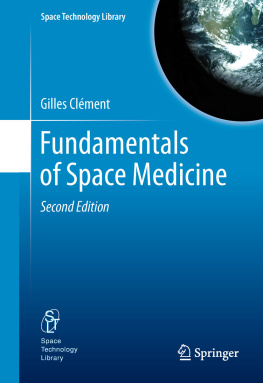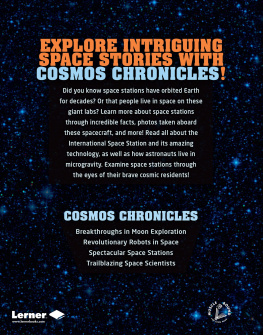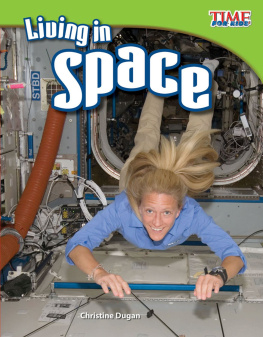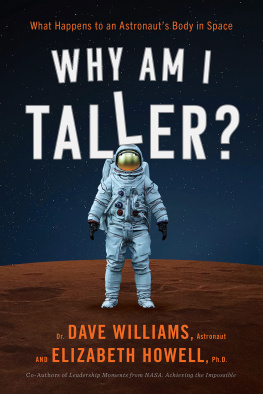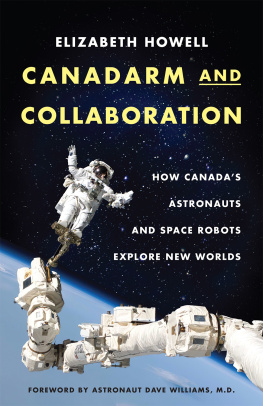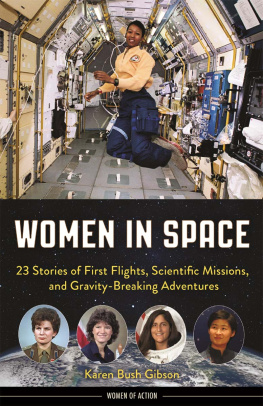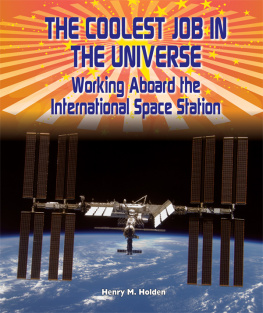1.1.1 Objectives
Life sciences are specifically devoted to the workings of the living world, from bacteria and plants to humans, including their origins, history, characteristics, habits, you name it.
The study of life on Earth ranges from elucidating the evolution of the earliest self-replicating nucleic acids to describing a global ecology comprising over 3 million species, including humans. However, throughout its evolution, organisms on Earth have experienced only a 1-g environment. The influence of this omnipresent force is not well understood, except that there is clearly a biological response to gravity in the structure and functioning of living things. The plant world has evolved gravity sensors; roots grow down and shoots grow up. Animals have gravity sensors in the inner ear. Many fertilized eggs and developing embryos (amphibians, fish, birds, and mammals) also have clear responses to gravity. For example, the amphibian egg orients itself with respect to gravity within a few minutes after fertilization. During that short time the dorso-ventral and anterior-posterior axes of the future embryo are established. Do we conclude therefore that the gravitational input is a required stimulus for the establishment of these axes?
To better understand a system, the scientific method consists of studying the consequences of its exclusion. This approach has led to considerable advances in the knowledge of human physiology, thanks to the nineteenth century physiologist Claude Bernard, who set out the principles of experimental medicine. Clearly, the removal of gravity is a desirable, even necessary, step toward understanding its role in living organisms. In a sense, removal of gravity for studying the gravity-sensing mechanisms is like switching off the light for studying its role in vision. Transition into weightlessness abolishes the stimulus of gravity by a procedure physiologically equivalent to shutting off the light. What can be accomplished in such an elegant fashion aloft can never be done in Earth-based laboratories.
Space physiology is of basic scientific interest and deals with fundamental questions concerning the role of gravity in life processes. Space medicine is another, albeit more applied, research component concerned with the health and welfare of the astronauts and space travelers. These two objectives complement one another and constitute the field of space life sciences. In short, space life sciences open a door to understanding ourselves, our evolution, and the workings of our world without the constraining barrier of gravity.
Space life sciences are dedicated to the following three objectives:
Enhance fundamental knowledge in cell biology and human physiology Access to a space laboratory where gravity is not sensed facilitates research on the cellular and molecular mechanisms involved in sensing forces as low as 103 g and subsequently transducing this signal to a neural or hormonal signal. A major challenge to our understanding and mastery of these biological responses is to study selected species of higher plants and animals through several generations in absence of gravity. How do individual cells perceive gravity? What is the threshold of perception? How is the response to gravity mediated? Does gravity play a determinant role in the early development and long-term evolution of the living organism? These studies of the early development and subsequent life cycles of representative samples of plants and animals in the absence of gravity are of basic importance to the field of developmental biology.
Protect the health of astronauts As was amply demonstrated by Pasteur, as well as countless successors, investigations in medicine and agriculture contribute to and benefit from basic research. Understanding the effect of gravity on humans and plants has enormous practical significance for human spaceflight. For example, the process of bone demineralization seen in humans and animals as a progressive phenomenon occurring during spaceflight is not only a serious medical problem. It also raises the question of abnormalities in the development of bones, shells, and the otoliths of the inner ear in species developing in the absence of gravity. The study of such abnormalities should provide insight into the process of biomineralization and the control of gene transcription.
Develop advanced technology and applications for space and ground-based research In addition to the scientific need to study basic plant and animal interactions with gravity, there is a practical need to study their responses. These are essential to our ultimate ability to sustain humans for a year or more on the surface of extraterrestrial bodies or in spaceflight missions of long duration where re-supply is not possible, and food must be produced in situ. Experiments during long-duration space missions will determine which plants and animals are most efficient and best suited for our needs. For instance, can soybeans germinate, grow normally, produce optimum crops of new soybeans for food and new seed for ensuring future crops? All of this biological cycling, plus the development of equipment for water and atmospheric recycling, plus management of waste, will also bring important benefits for terrestrial applications. Also, the absence of gravity is used to eliminate micro convection in crystal growth, in electrophoresis, and in biochemical reactions. The resulting products can be used for both research and commercial application.
Space life sciences include the sciences of physiology, medicine, and biology, and are linked with the sciences of physics, chemistry, geology, engineering, and astronomy. Space life sciences research not only help us to gain new knowledge of our own human function and our capacity to live and work in space but also to explore fundamental questions about gravitys role in the formation, evolution, maintenance, and aging processes of life on Earth (Table ).
Table 1.1.
Major Applications of Space Life Sciences Research.
Biology |
Advance understanding of cell behavior |
Improve crop yields using less nutrients and smaller surface and volume |
Biotechnology |
Provide information to design a new class of drugs to target specific proteins and cure specific diseases |
Culture tissue for use in cancer research, surgery, bone cartilage, and nerve injuries |
Medicine |
Enhance medical understanding of disease processes such as osteoporosis |

